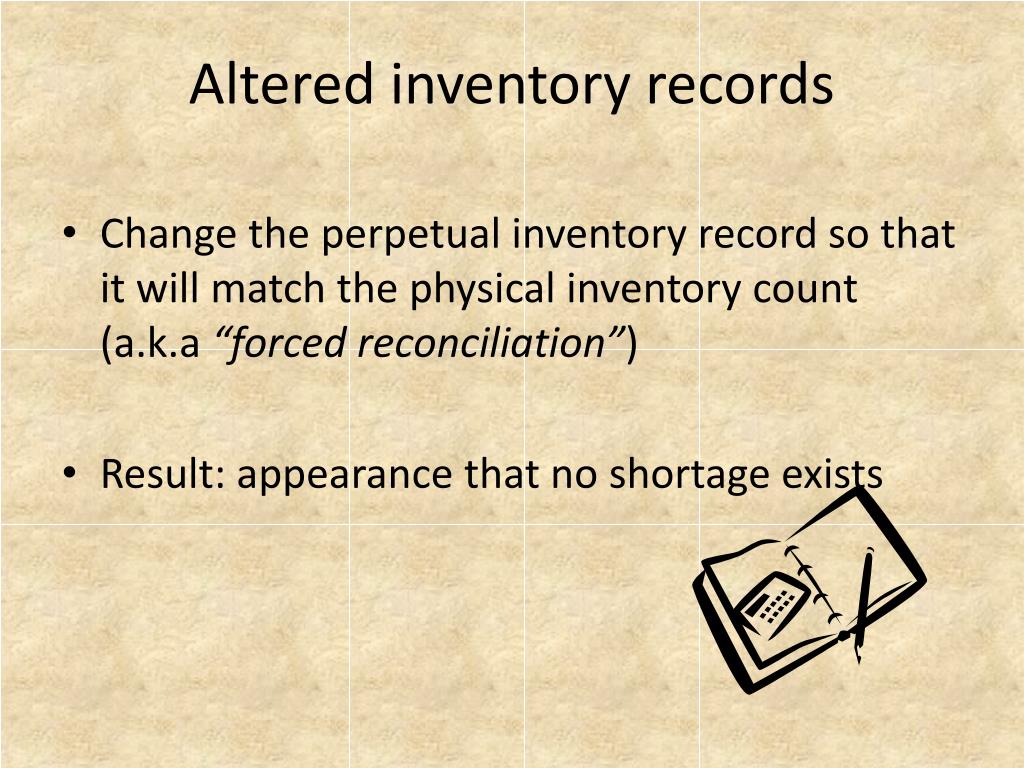
In these examples, the check recipients are told that they won a lottery-perhaps in a foreign country-or that they are entitled to receive an inheritance.
Altered fictitious how to#
Here are three of the most common scams, and tips on how to detect whether or not you are being scammed. Remember, fraud artists are constantly coming up with new ways to use fraudulent cashier’s or official bank checks in their scams. If it is later determined that the check was counterfeit, you will likely be held responsible for the funds that were provided to the scammer, so it is important that you recognize the signs of a counterfeit check to protect yourself. The scammer might ask you to return the funds in a number of ways: in cash, by writing a personal check, by loading it onto a pre-paid or gift card, or through some electronic means, such as a wire transfer, automated clearing house (ACH) payment, or a person to person (P2P) transaction. Once it is deposited, they ask that you send all or part of the proceeds back to them or to someone else (an accomplice) before the bank where it was deposited tries to clear or process the check for payment and realizes the instrument is fake. Fake checks can look so real that it’s very hard for consumers, or even bank employees, to detect.įake bank checks are typically used in scams where the scammer tries to get you to cash or deposit the check. Advanced graphics and printing technologies allow scammers to easily create fraudulent and hard-to-detect counterfeit checks in a matter of minutes, adding a sense of legitimacy to their scams. Unfortunately, criminals have come to rely on their victim’s sense of “security” provided by cashier’s checks and official bank checks. This means the payment is guaranteed, unless the check is counterfeit, so there are risks to consumers and businesses from these types of paper instruments, as well. Recipients generally prefer one of these checks over a personal check because the financial institution presumably has already collected the funds from the party purchasing the cashier’s checks or official bank checks.
Altered fictitious pdf#
You can use RoutingTool to verify the Routing Number or BetterCheck to verify the check.Agosto 2019 - PDF Protect yourself from fake check scams with these tips from FDIC Consumer NewsĮven in today’s digital and mobile world where electronic money transfers are common, consumers and businesses may still prefer the assumed security of paper cashier’s checks or official bank checks for large or major payments. If you don't know how to contact the bank once the check is returned, call the bank phone number. Use services that will check the validity of your checks and drafts before you deposit the items. This stamp,Īltered Item, or Fictitious item can also come with forged money orders, forged cashier's checks, and forged traveler's checks.

A cross out, alteration or change should be initialed by the account holder, but does not always stop returns, especially with high dollar items. Any alteration can void the check at the discursion of the bank.


This can be something as simple as someone writing a check for $125.99 and then changing the 5 in 125 to a 6 to make the check $126.50. Why was the deposit returned as Altered Item?Ī check returned stamped Altered, or stamped Fictitious item does not match the account holder's records or the bank's records as far as the amount, date or terms of the check and is being returned in dispute of its validity.

Why was my check returned for Altered Item?


 0 kommentar(er)
0 kommentar(er)
